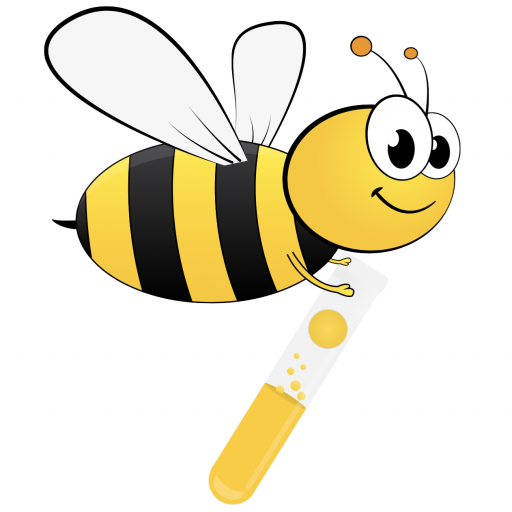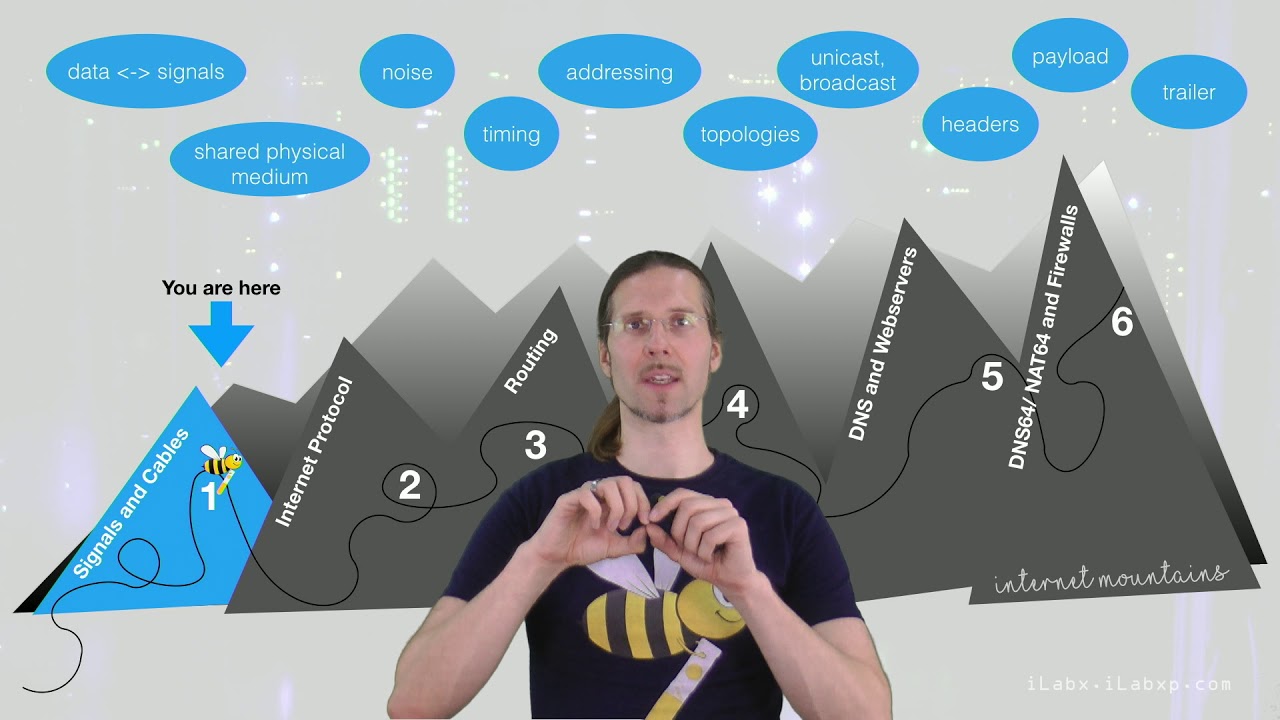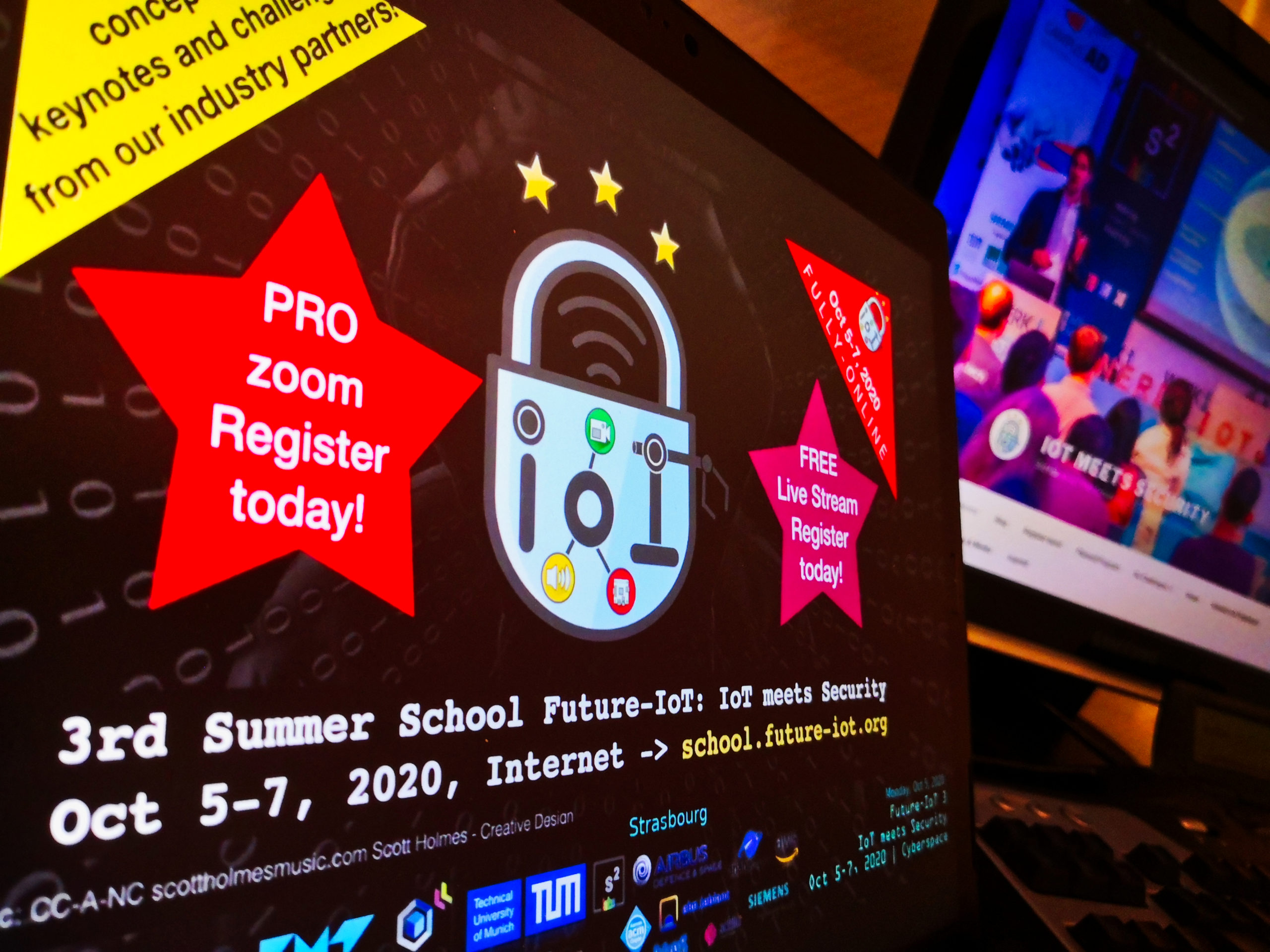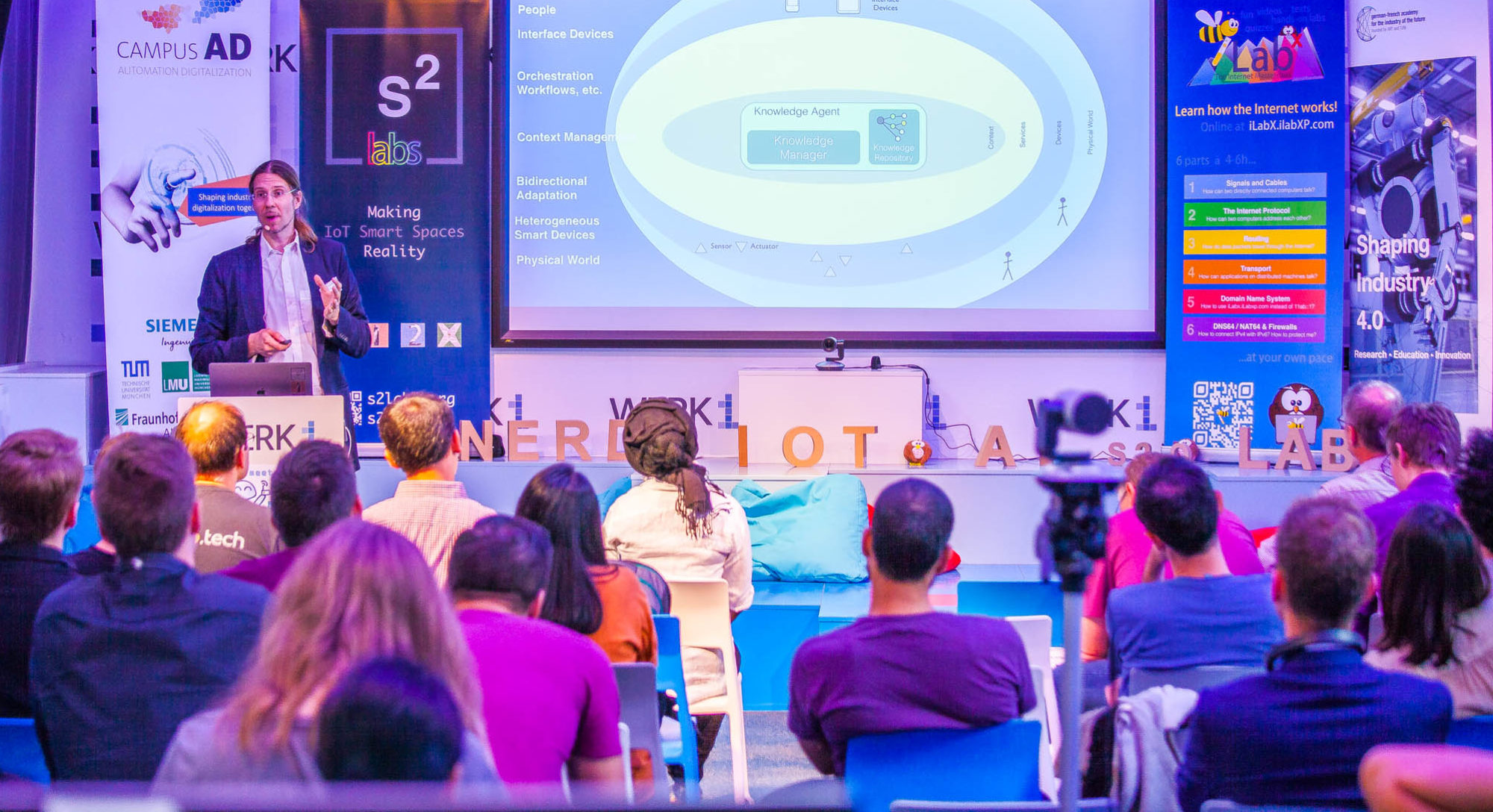New MOOC: iLabX – The Internet Masterclass now available for free on edX (Science Community Announcement)
For the past three years, at Technical University of Munich we prepared a Massive Open Online Course that explains how the Internet works: “iLabX – The Internet Masterclass”. It is now freely available on edX.
Check it out and recommend it to your colleagues, students, and technology-interested friends! You will finally become able to communicate with them about your work 😉
*******************************************
iLabX – The Internet Masterclass
https://www.edx.org/course/ilabx-the-internet-masterclass
-> Expected effort: ~ 4-6 hours per week for 8 weeks, at your own pace
-> Expected benefit: Full understanding of how the Internet works.
-> Target audience: Everyone with basic technical understanding, interested in learning about the details of the fascinating Internet architecture, especially professionals and students working with Networked and Distributed Systems.
Social Media:
– More info: ilabx.ilabxp.com
– Blog: ilabxp.com/
– Twitter: twitter.com/ilabxp
– Linked.in: www.linkedin.com/company/ilabxp
– Youtube: www.youtube.com/playlist?list=PLdftPKA9mTfbF1WqKDoxeOE7g_w1oXWnf
– Facebook: www.facebook.com/ilabxp/
*******************************************
So far, we have about 1K participants and I definitely want to go towards 10K. So please support us in spreading the good news.
We are also experimenting with including such MOOCs into the regular University curriculum at the moment. If you want to reach out regarding that just contact me!
The course teaches in 6 parts à 4-6h how the Internet works. Different to other online courses besides lots of videos, texts, and interactive quizzes, the participants build the Internet on their own computer in a virtual machine. For that we developed vLab, a virtualized networking laboratory with graphical interface based on the CORE network emulator.
The course contains the essentials of my past 15 years of teaching how the Internet works – content wise and from my education research point of view. It teaches the ISO/ OSI layers from 1 up to 5+, respectively the TCP/ IP model. Details at the bottom.
The course is perfect for students preparing for a networking or distributed systems class/ project. It is also perfect as additional interactive material to a networking or distributed systems class.
At the same time, it is perfect for training professionals at and parallel to work as additional qualification.
Details on the six Parts of the Course
Part 1 – Signals and Cables
This part is about how Internet communication works between directly connected machines such as PCs, laptops, mobile phones, gaming consoles, etc.
-> Keywords: Signals, shared medium, physical medium, noise, addressing, topologies, unicast, broadcast, headers, payload, trailer, twisted pair, optical fiber, wireless, non-return to zero (NRZ), Manchester encoding, self-clocking.
Part 2 – Internet Protocol
How can two computers talk to each other when they are not directly connected? We do not only learn it but try it out in the vLab!
-> Keywords: Internet Protocol (IP), IPv6, IPv4, subnetting, fragmentation, Stateless Address Auto Configuration (SLAAC), Neighbour Discovery Protocol (NDP), Internet Control Message Protocol (ICMP), static routing, forwarding, multicast.
Part 3 – Routing
How can data packets find their way through the globe-girdling Internet with all its intersections? As usual we do not only learn it but try it out in the vLab!
-> Keywords: Dynamic routing, longest prefix matching, Autonomous System (AS), Open Shortest Path First (OSPF), Routing Information Protocol (RIP), Dijkstra, Bellmann-Ford, paths, loops.
Part 4 – Transmission Control Protocol and User Datagram Protocol
How can different applications on your computer talk to different applications on one or multiple other computers over the Internet simultaneously? As usual we do not only learn it but try it out in the vLab!
-> Keywords: Transmission Control Protocol (TCP), User Datagram Protocol (UDP), reliable communication, stateful communication, 3-way handshake, acknowledgements (ACK), piggyback, retransmission, congestion control, flow control.
Part 5 – Domain Name System and Webservers
How is it possible to use names instead of IP addresses? How does the infrastructure behind the World Wide Web actually work?
-> Keywords: Domain Name System (DNS), resolver, nameserver, zones, sub-domains, iterative vs. recursive name resolution, A and AAAA records, Hyper Text Transfer Protocol (HTTP), Transport Layer Security (TLS), HTTPS, virtual hosts.
Part 6 – DNS64/ NAT64 and Firewalls
How can you secure your computer from attacks in the Internet? How can you connect to old IPv4 hosts with exciting services from an IPv6-only network?
-> Keywords: Network Address Translation (NAT), DNS64, NAT64, state, address rewriting, IP 5-tuple, chains, filter, blacklisting, whitelisting, rules, firewall, tables.




